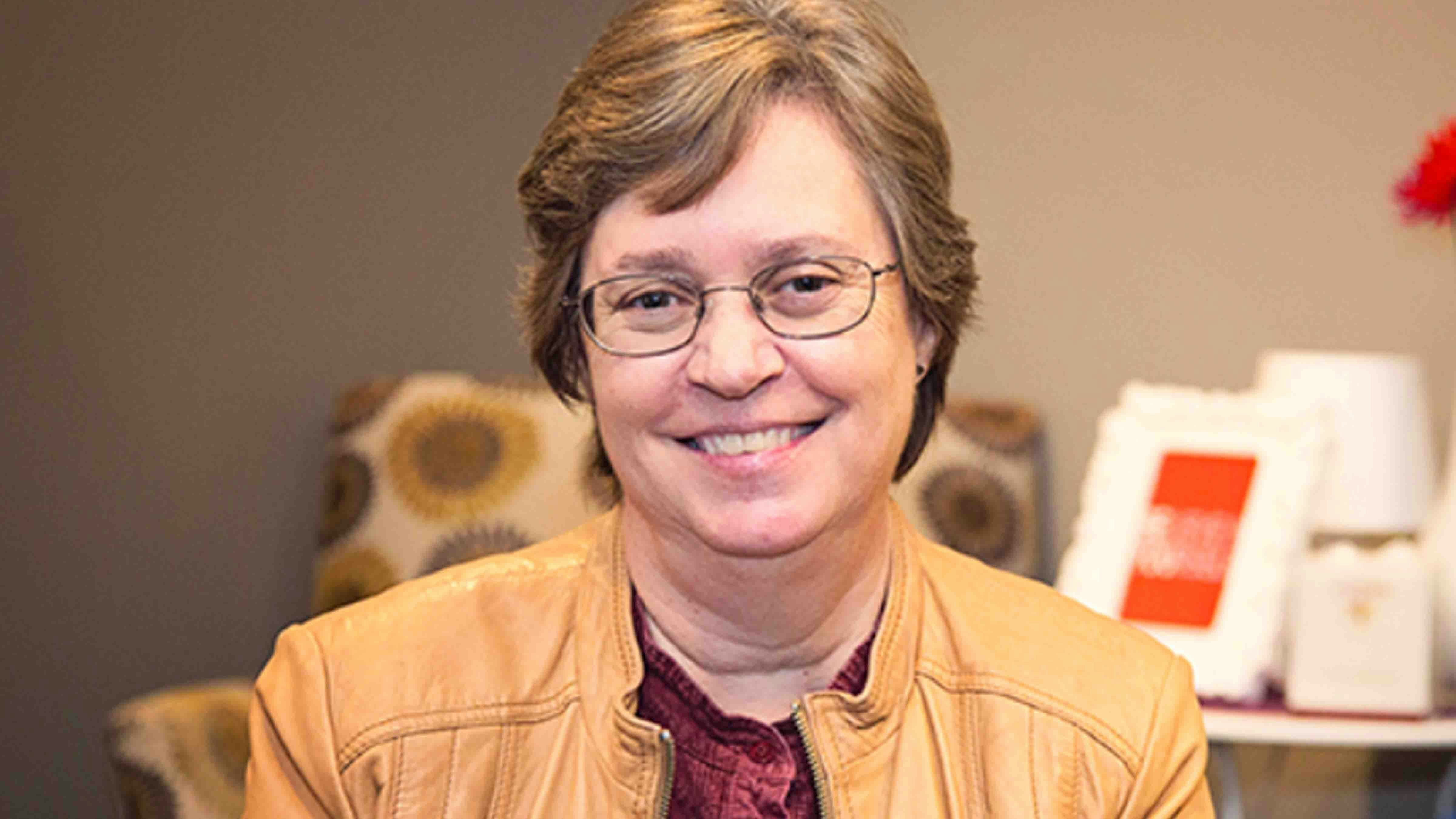Anyone who has been around horse drawn vehicles knows that one of the best builders today is Doug Hansen of Letcher, South Dakota, who readily admits he had a hobby – repairing wagon wheels – that turned into a business.
As a wagon builder and restoration expert, Hanson says one of the best collections of wagons, carriages, and stagecoaches in the country is at the Cheyenne Frontier Days Old West Museum. He knows because he has worked on some of those vehicles.
It’s possible to see some of the large collection of horse drawn vehicles owned by the Old West Museum throughout the year, but during Cheyenne Frontier Days many of them are brought out of the museum and the Marietta Dinneen Carriage Barn to roll through the streets of Cheyenne during the four CFD parades.
The tradition began more than 100 years ago, in 1922, when parade organizers turned to Fred Boice for a fresh idea to enhance the parade. Like the smart businessman he was, Fred turned to his wife Margaret who organized “The Evolution of Wyoming Road Transportation.”
Highlights of this timeline of transportation was an American Indian woman on horseback pulling a travois, an ox-drawn prairie schooner, an original Cheyenne-to-Deadwood Stagecoach that was still in Cheyenne, and even her family’s ranch cart.
The horse-drawn vehicles soon became a key part of the CFD parades, and you can see many of them during the four parades this year. The parades are held this Saturday with three more next week on Tuesday, Thursday, and Saturday.
When CFD started highlighting the vehicles a century ago, people brought their wagons, carriages, and coaches to town for the parade. Then they started donating them to CFD, and some were purchased. The collection grew to more than 150 units. Some of the vehicles are quite common, others extremely rare or unique.
Many people have helped with their preservation.
The CFD Old West Museum Wagon Collection is one of the best in the country, Hansen says. When he thinks of wagons, Hansen is most interested in those that were used in nation building. For example, in Cheyenne there were railroad men coming from the east coast who brought their vehicles with them including broughams and landaus.
But Wyoming was also an area developed by cattlemen who brought cattle up the trails from Texas and needed chuck wagons to support the herds.
Of course, there was a need for supplies and transportation, leading to freight wagons and the stagecoaches used on the Cheyenne-Deadwood Trail. Another of Hansen’s top wagon collections is at the end of that trail at the Days of ’76 Museum in Deadwood.
For Hansen, the wagon must match the need. When he looks at a collection, he is most interested in the cultural influences in the vehicle. He likes to see those “that worked the land and are meant for that habitat.” That is because he can see how they were tailor-fitted for a specific use. For example, the chuckwagon is indigenous to the plains; it rolls best in the grass.
Hansen knows historic wagons and his company, Hansen Wheel & Wagon Works, specializes in restoration of old wagons, though they also build them for use in movies like Taylor Sheridan’s “1883” and Kevin Costner’s “Horizon.”
“The stagecoach is my passion,” he said. “It is the most complex, the leather thoroughbraces, the pumpkin shaped vehicle. It is a complex vehicle of industry and artistry.”
Hansen has a collection of wagon books that provide him with details about coaches and other wagons, but he said reading about them is not the same as working with them.
“You don’t understand it until you do it. That is the difference between a historian who lives it and the historian who writes it,” Hansen said. “I can read about it, I can see it, but I don’t understand it as much as when I build it and I drive it.”
Certainly, most people will never build or restore a wagon; and few will even drive one. But during the upcoming week I encourage you to find a spot along the CFD parade route in Cheyenne and appreciate the wagons as they roll by.
Candy Moulton can be reached at: Candy.L.Moulton@gmail.com





